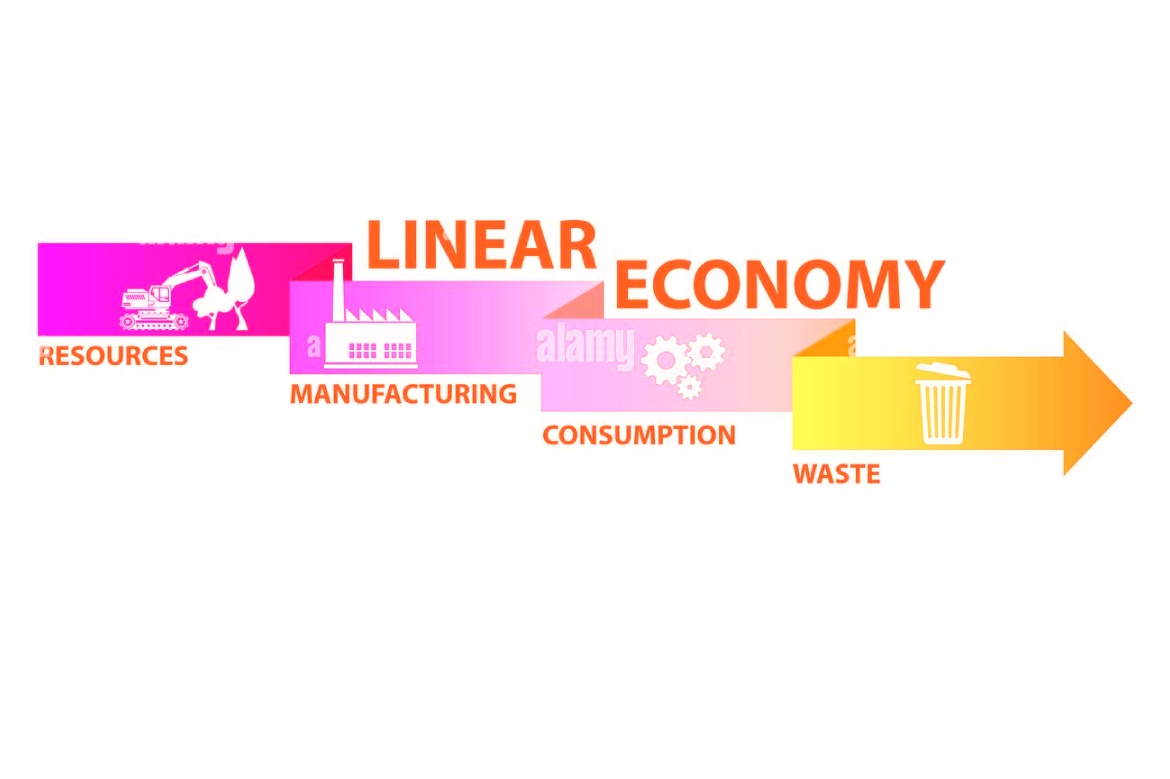Excess or shortage of stocks, stock breakages, low productivity … These situations can be the consequences of poor warehouse management. Those who work in the logistics area know the importance of good governance for a more excellent optimization of the company’s work.
The purpose of efficient warehouse management is to provide a better service at a minimum cost. In this way, rigorous management is a safe bet to achieve the profitability of your business.
Next, we will explain five fundamental concepts of warehouse management in more detail that will help you be more productive, flexible in operations, and above all, more organized.
Table of Contents
What Is Warehouse Management?
The warehouse is a structured and planned space to protect and store the inventory of a company. Its management is the process of the logistics function, which guarantees the control and protection of the existing stock.
With good management, you will help prevent breakage or excess inventory, which will also avoid additional costs or loss of sales that could endanger the health of your business.
How To Improve Warehouse Management?
Effective warehouse management depends on several factors that are often easy to control. This includes some basics to keep in mind:
Storage System
It is essential to adopt working methods that help streamline processes, and choosing an efficient storage system directly influences the profitability of the business.
Here everything depends on the characteristics of the products in stock. Factors such as the number of products and available storage space are essential when choosing a suitable system.
Boxes, for example, are a sound system for storing small-sized materials, and shelves are suitable for materials of various sizes. This is the simplest and cheapest storage method.
Following this premise, when choosing a shelf storage system, you must take into account the following aspects:
- The volume of merchandise that they can contain;
- The maximum weight they support;
- The accessibility of the stored product;
- Characteristics such as shape or size.
Reception
Reception is the process from the moment a product arrives at the warehouse to be classified and stored at the company’s facilities until it is delivered to the customer.
This is a basic but fundamental concept in warehouse management. At the reception, it must be verified that the material received was requested and, above all, in good condition. If the process is well planned, errors are reduced to a minimum, facilitating inventory and warehouse management.
Inventory
Inventory management aims to ensure the availability of products or raw materials to meet customer needs. Any mistake, no matter how small, can increase costs and cause loss of resources and customers.
There are two central systems in inventory management: the perpetual inventory system and the periodic inventory system.
The permanent inventory is mandatory for companies with high sales volume or multiple points of sale. On the other hand, a periodic list is only suitable for companies with a low sales volume, since in these cases, it is easier to control the inventory manually.
Storage Costs
In practice, all the stored materials generate a cost for the company. This cost depends on how long the material remains in the warehouse.
The cost of storage depends on different variables: salaries of the logistics department, insurance, transport equipment, warehouse rental, etc.
Warehouse management implies a correct distribution of inventory, optimizing the available space in the best way. In this way, you avoid the loss of products and expenses related to their conservation.
Classification And Coding
Classifying materials by categories, identifying them, and separating them by size, weight, shape or color, can be one of the most practical tasks in warehouse management.
Inventory classification assigns materials space in the warehouse and a specific code to facilitate identification. This coding influences some essential aspects for the company:
Customer service: The warehouse must be able to respond to customer requests quickly, as this directly impacts the volume of sales and profitability of the business.
Cash flow: By achieving a balance between sales and expenses, you can avoid the liquidity deficit and control the cash flow.
Inventory classification is also essential, as products do not have the same value or the same sale frequency.
To manage these products, there is ABC analysis, which classifies inventory into three categories:
- A: represents products with high value and few sales;
- B: represents products with moderate value and sales;
- C: represents products with low value and high frequency of sales.
Also Read: The Importance Of Impairment Losses For Your Business




